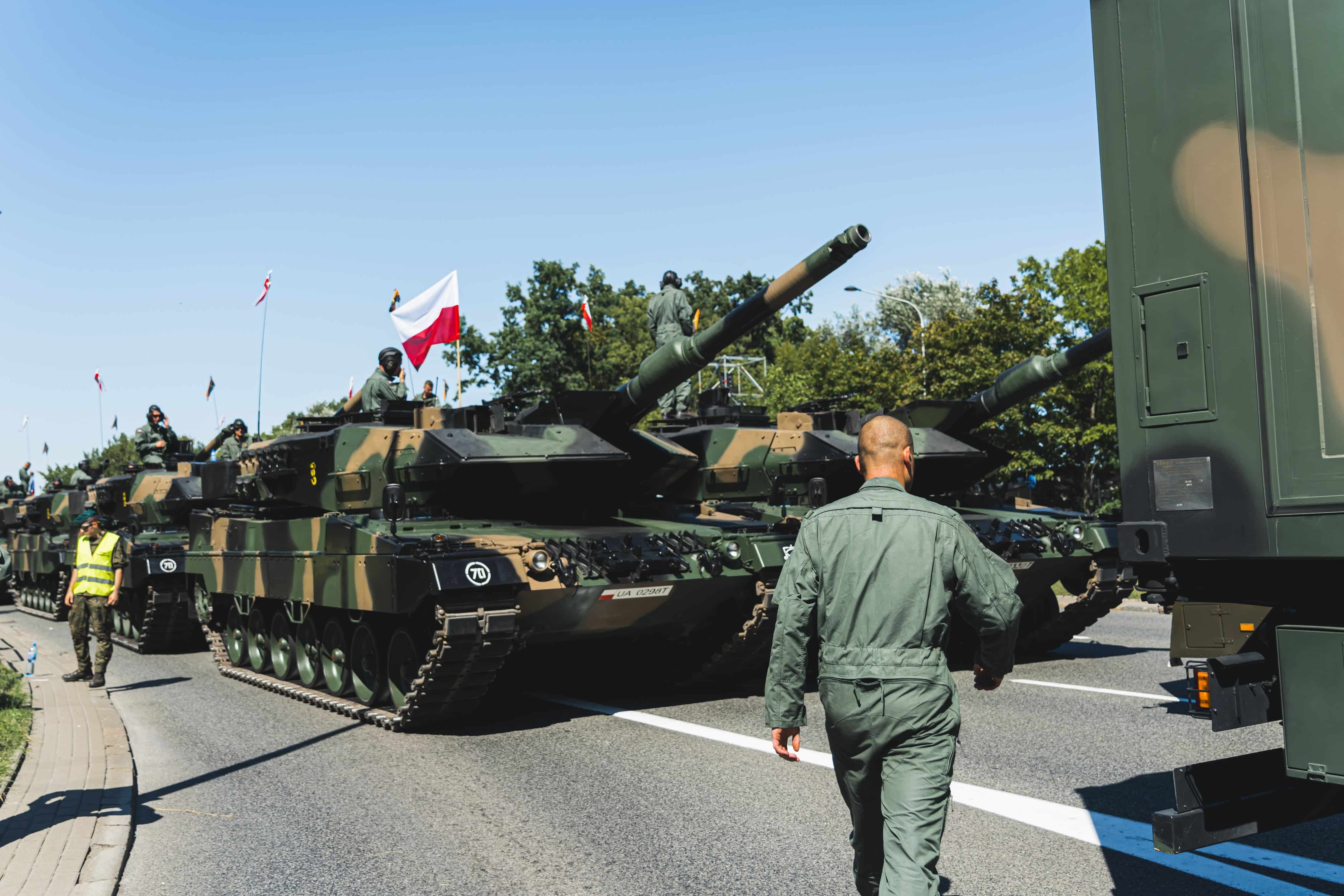Following recent elections in Poland, changes in the nation’s defense strategy and arms purchase preferences may be on the horizon. The potential shift could make U.S. defense firms face stiffer competition from European counterparts for Poland’s arms acquisitions. Washington is advised to be attentive, as Poland’s defense spending could decrease and their previous method of dividing major defense purchases between American and European firms might be reinstated.
Key Points:
- Poland’s recent elections could lead to a shift in its defense procurement strategy, with U.S. defense companies facing stronger competition from European industries.
- Poland’s previous government had a preference for evenly dividing defense purchases between the U.S. and European Union. Donald Tusk, the probable future leader, has shown a propensity for pro-European Union policies which might bring back this practice.
- The upcoming Polish government may reconsider substantial defense deals, such as plans to acquire two squadrons of multi-role fighter aircraft, with contenders being Europe’s Airbus and America’s Boeing.
- There might be re-evaluation of Poland’s plans to expand its heavy armor, including deals with South Korea for K2 tanks and the U.S. for M1A2 Abrams tanks.
- Poland’s broader geopolitical orientation, particularly its security relationship with the U.S. and stance towards threats from Russia and Belarus, is likely to remain unchanged, although its support for Kyiv and negotiations with Russia could see influences from EU nations like Germany or France.






